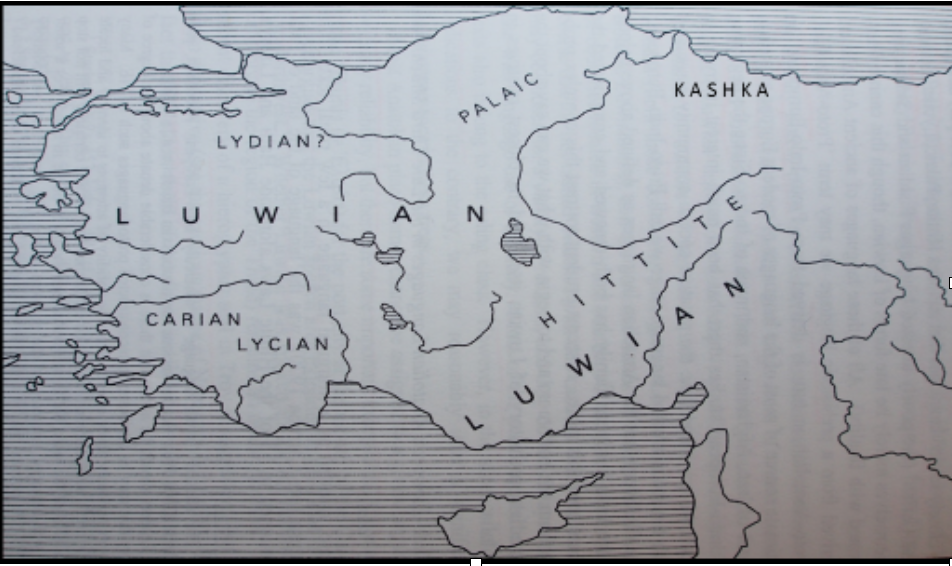türkçe links to original Turkish article
(Milliyet Newspaper, 27 February 2020)
KRASP click here for the KRASP web page.
Luvians click here for background.
King Midas click here for his story.
"The Hittites are coming! The Hittites are coming!"
The discovery of traces of the Luwiya civilization, within the scope of
the Konya Region Archeological Surface Research Project (KRASP),
has generated excitement in the world of archeology. Remnants found
from between 2000 B.C. and 1000 B.C. are said to belong to the
Luwiya Kingdom. The site is 7 kilometers south of Konya city.
After a local farmer stumbled upon some stone remains in an irrigation
canal, experts examined the remains and determined that they link to
Luwian King Hartapu who defeated King Midas of Phrygia. Now,
related excavations are being conducted by scholars from the English
Archeological Institute, Oxford and Çukurova University. Last year,
experts from the University of Chicago participated in the work.
A Turkish expert involved in the effort warned of the likelihood of
treasure hunters flooding the site, "so we don't want to give out too
much information."
Karahöyük mound in Konya.
It is thought that the Luwiya Kingdom was centered in the area of
Konya's Selçuklu district and lasted from 2300 B.C. to 1400 B.C.
Some sources indicate that the Luwi were Anatolia's earliest people.
Helenic place names in the southern Anatolia region came from the
Luwian language, as did most of the names of gods and godesses like
Kibele, Aphrodite, Apollon and Artemis. There are historical theses,
as well, that say that the people of Troy spoke the Luwi language.
Academician James Osborne of the University of Chicago, who
participated in the KRASP excavation work, reported that the 120-
hectare (one hectare = 2.5 acres) site may ultimately turn out to be
the one of the largest antique cities of the Bronze and Iron Ages.
He explained that "the hieroglyphics are written in the Luwian
language, which is from the oldest branch of the Indo-European
languages."
"The Luwi language can be read either left-to-right or right-to-left. (!)
The writings have been translated by the two world-class experts
in the Luwi language, namely Petro Goedegebuure and Theo PJ
van den Hout. Research so far indicates that Karahöyük may have
been the capital of the Luwi civilization. King Hartapu told the story
of capturing the nearby Muska Kingdom. We think we will uncover
even more important ruins in the region."


Hiç yorum yok:
Yorum Gönder